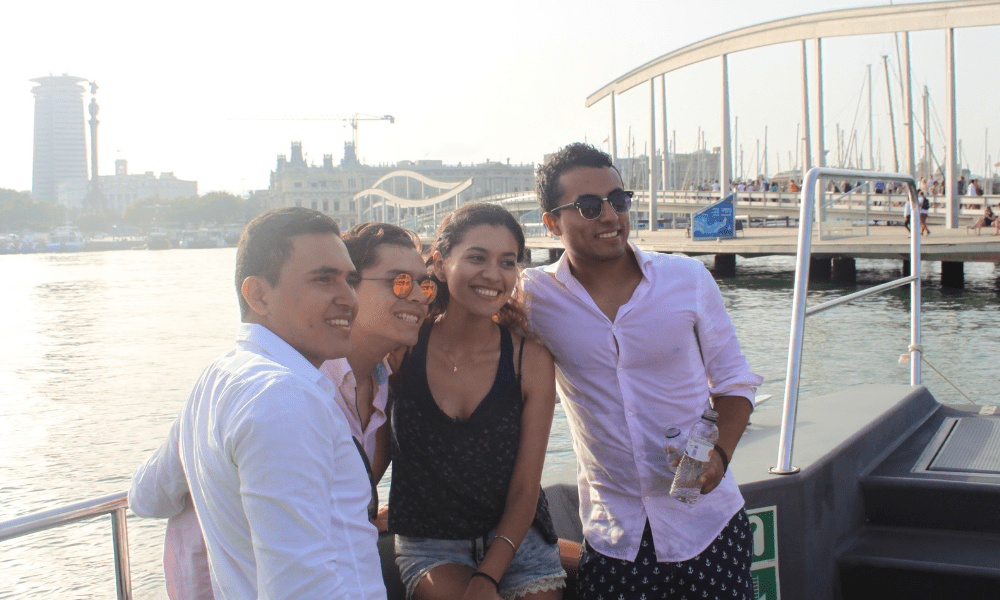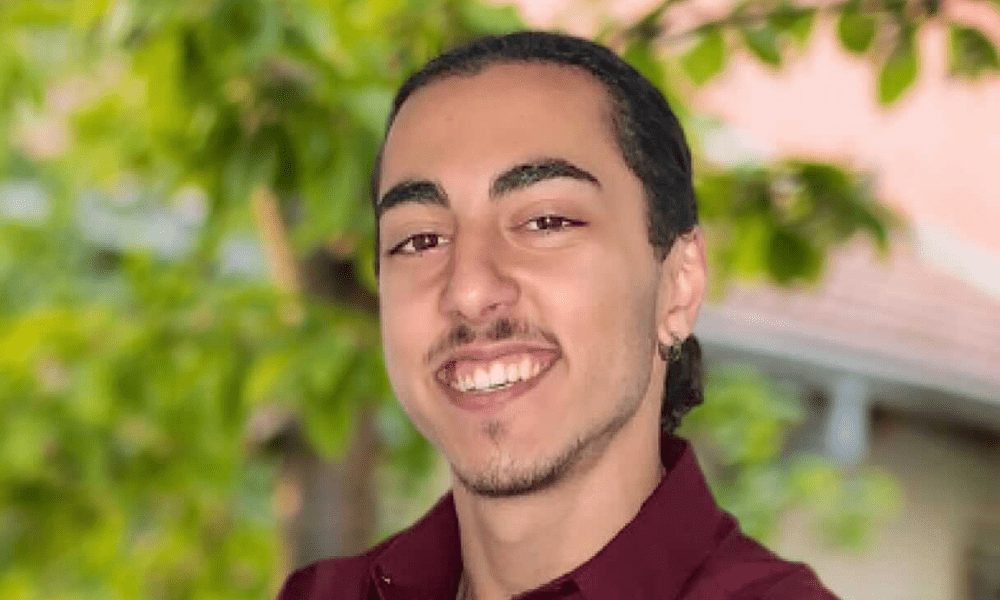
04 Jun Heritage Programming: The Next Best Thing for International Education
As an undergrad, I chose to study abroad in my heritage country, Italy.
Despite growing up in a community with the largest population of ethnic Italians in Canada, this was an experience that completely changed the trajectory of my life. Particularly how I viewed myself as an Italian, but also as a Canadian.
Immigrant communities are wonderful for a number of reasons. However, they can often become culturally and linguistically “stuck in time”, which is naturally inevitable given that they’re no longer living in their “home” country to experience such developments over time.
It was important to me to experience my heritage country from a present-day perspective, connect with locals, discuss what we share in common and where we differ, “update” my community from cultural and linguistic standpoints, and understand myself a little better.
“Heritage seeking”
Students who decide to study abroad in particular countries due to ancestral and cultural ties
Heritage seeking is a concept that should be considered further in the field, especially when thinking about program options/development and expansion into new areas, coupled with a desire to increase diversity and further inclusivity in study abroad participation (both in-person and virtual) which are ever so relevant today.
In the last half-century, countries around the world have become increasingly diverse in cultural, ethnic and religious terms, among others.
There are tens of millions of people that belong to multiple cultural groups, and diversity among university communities continues to increase year after year.
More and more students that are either immigrants themselves, or first or second-generation [nationality], many of which deal with struggles relating to their cultural identities, from Chinese-American, to Greek-Canadian, to Indian Briton, among others.
[Absolute Internship’s Alumnus Jason’s story]
[International Student Makissi Konan’s story]
While some of these students still have relatives living in their ancestral home, and may have visited multiple times throughout their youth, this is becoming less-common. As time has gone on and generations continue to develop and subsequently become more culturally “integrated” into the adoptive country.
Learning more about their heritage is important. Heritage seeking allows students with diverse cultural backgrounds to develop a deeper understanding of their identity while abroad in their ancestral country.
As diversity and inclusion have become a focal point for higher education institutions around the world, international education departments in universities should hone in on the diverse student body that exists on campus to develop international heritage programming that reflects such diversity.

Yes, it’s much easier, for a handful of logistical reasons, to establish an abroad or exchange program with an institution in France than one in Ivory Coast. However, it’s worth considering in an attempt to spike international program enrollment, especially if a portion of the student body has Ivorian origins.
This is not to negate cost, visa, credit-transfer issues or other traditional barriers to students pursuing international programs while in university.
Nor am I saying that such efforts will entirely resolve the lack of participant diversity in international programs and students will jump at such an opportunity again keeping in mind some of the previously-mentioned barriers that exist.
This is simply an appeal to diversify international program offerings to represent the student body that attend a particular institution – heritage programming.
Many higher education institutions have departments dedicated to the study of a culture or ethnic group to reflect their student body. International education departments ought to do the same in their program offerings.
It’s worth a shot to craft heritage programming that touch home for minority students of various ethnic and cultural background.
__
Author: Matteo Talotta



No Comments